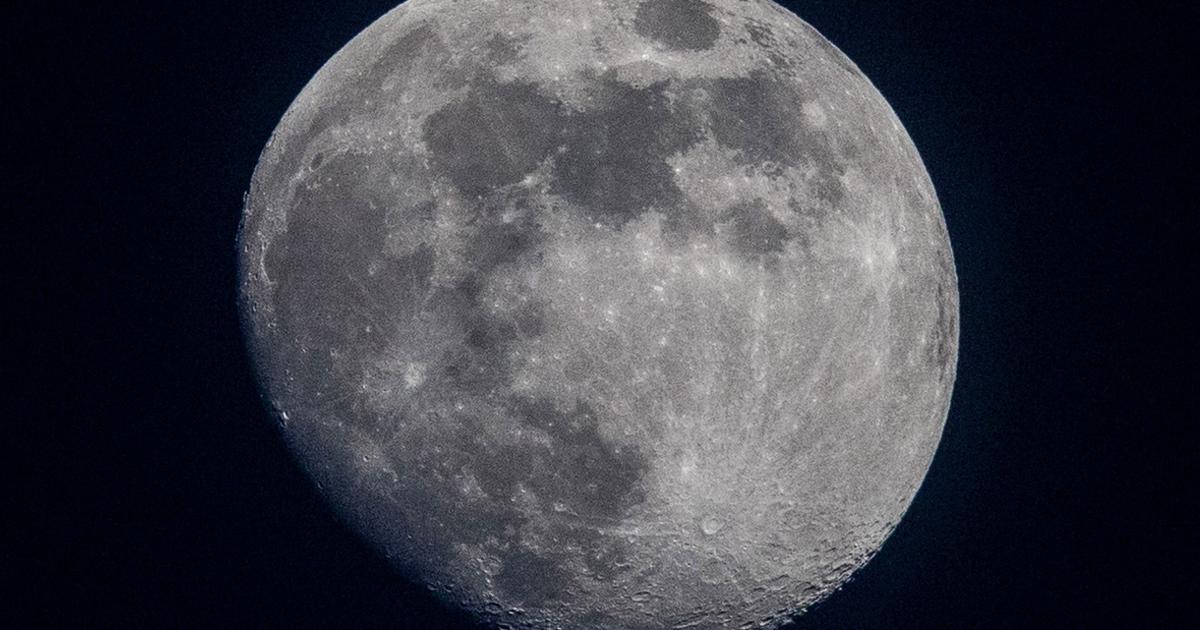On the occasion of the World Youth Festival in Russia, which was held from March 1 to 8, Yuri Borissov, the head of the Russian space agency Roscosmos, announced the plan to deploy a nuclear power plant on the horizon 2033-2035.
“Today, we are seriously considering the delivery and installation of a power plant on the lunar surface with our Chinese colleagues, by 2033-2035,”
he said.
Even if the project may seem insane, the director of the space agency assured that it was nevertheless very concrete:
“This is a very serious challenge
,” he reaffirmed.
To discover
Follow information on the war in Ukraine with the Figaro application
This project is part of a Sino-Russian agreement signed in March 2021. The Russian agency Roscosmos and China have agreed to create an “international scientific lunar station” (ILS).
It would be to supply energy to this future station that Roscosmos would like to set up a power station there.
Reliability premium
For the director of the Russian agency, the choice of nuclear power is explained by the insufficiency of photovoltaic panels.
Since the Moon is only intermittently illuminated by the Sun, the satellite would not benefit from sufficient exposure to light to allow a supply of energy from the Sun.
“Solar panels would not be able to provide enough electricity to power future lunar colonies
,” explained Yuri Borissov.
A nuclear power plant would also allow for size and weight savings.
The Sino-Russian space station project, competing with the American Artemis program hosted by NASA, was joined by South Africa in September 2023. The program includes the development of several lunar landers, a jumping robot and mini -intelligent rovers designed to study the surface of the moon, reports the Russian news agency
Tass
.
China will send three missions to the surface of the Moon, including the Chang'e 6 mission, which is scheduled to launch in May 2024.
Also read: Race to the Moon: what if China overtook the United States?
“Laying the foundations for long-term human presence on other worlds”
In June 2022, NASA, in collaboration with the United States Department of Energy (DOE), had launched a similar nuclear power plant project which is still
"to be launched by the end of the decade for demonstration on the Moon,”
announced NASA on its official website.
The fission energy system would be expected to last
“at least 10 years in the lunar environment
,” said the American agency.
“This development will help us lay the foundations for long-term human presence on other worlds,”
explained one of its administrators when the project was launched.
Launched during the Cold War, the race for lunar exploration between Russia and the United States seems to have a new date for the 2030-2035 horizon.
By the 1960s, the rivalry was in full swing.
On April 12, 1961, the Soviets won the first battle by achieving the feat of sending Yuri Gagarin into space.
On May 25 of the same year, President Kennedy promised an American astronaut landing on the moon before the end of the decade.
Pursuing this objective, the American Apollo 11 mission achieved the feat of sending Neil Armstrong to the Moon for the first time in history, on July 21, 1969.
Since the fall of the USSR, the Russian space industry has nevertheless lacked the financial means to compete with the United States, where new private players have emerged, such as Elon Musk's SpaceX company.
At the end of August 2023, after 47 years of absence, Russia missed its return to the Moon after the crash of its Luna-25 space probe on the surface of the Earth's natural satellite.
But close to Moscow in several areas, China is developing its space projects at high speed.
As of 2021, Beijing was leading, ahead of the United States, in total number of space launches.

